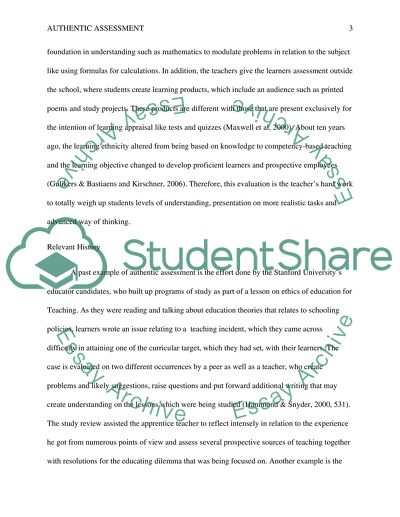Cite this document
(“Major Issue in Assessment: Authentic Assessment Essay”, n.d.)
Retrieved from https://studentshare.org/education/1432614-major-issue-in-assessment-authentic-assessment
Retrieved from https://studentshare.org/education/1432614-major-issue-in-assessment-authentic-assessment
(Major Issue in Assessment: Authentic Assessment Essay)
https://studentshare.org/education/1432614-major-issue-in-assessment-authentic-assessment.
https://studentshare.org/education/1432614-major-issue-in-assessment-authentic-assessment.
“Major Issue in Assessment: Authentic Assessment Essay”, n.d. https://studentshare.org/education/1432614-major-issue-in-assessment-authentic-assessment.


